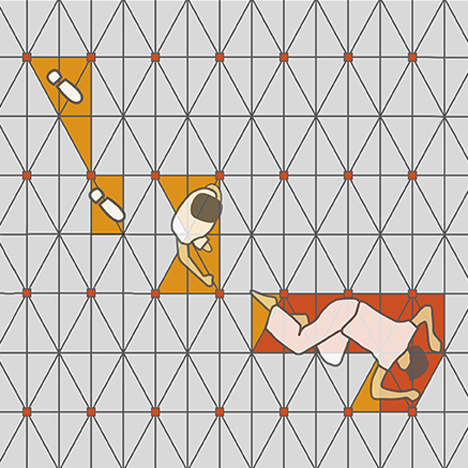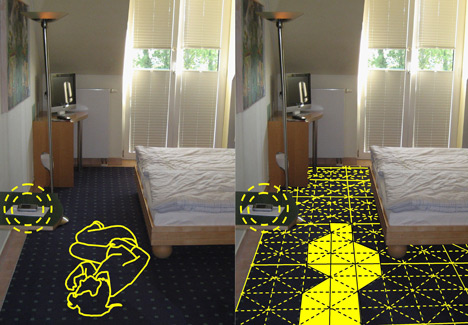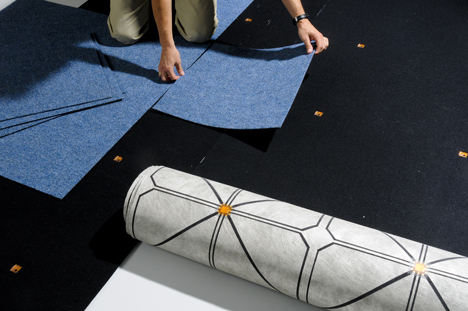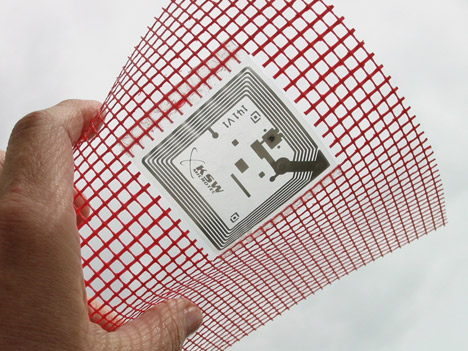
SensFloor conductive rug by Future-Shape turns the floor into a giant touchscreen
News: a conductive rug that can detect movement and call for help if someone has fallen over has been developed by German firm Future-Shape.
Called the SensFloor, the two-millimetre-thick textile underlay can be installed beneath flexible floor coverings like tiles and parquet.
The system measures capacitance - changes to the local electric field caused by a person or any other conductive object coming near the sensors. The process is the same as that you would find on your touchscreen phone, said a spokesperson from Future-Shape.

Based on the area of disturbance to the electric field, the sensors can tell if a person is standing on the floor or lying on it. It can even tell the difference between a liquid spill and a person.
The developers of SensFloor believe it can offer a discreet way of monitoring people living alone or the elderly, and alert support staff if a fall is detected.

The system was recently installed in a nursing home in Alsace, France. It monitors 70 rooms and turns a light on when a resident first puts their feet on the floor. It calls the nurses' station when it detects a fall.
"In the first four months, we had 28 falls discovered by our system and none were false alarms," said SensFloor research and development director Alex Steinhage. "One nurse told us that she wouldn't have seen one of the falls because the person fell on the far side of the bed where she wouldn't have been discovered."

Each square metre of the fabric features four radio modules and proximity sensors that can track the speed and direction of a person's movement. It can track the movement of several people at once, including those in wheelchairs. The information is then passed to a separate control unit where it can be analysed in real time.
Because the technology doesn't rely on physical contact, it can be laid under other flooring such as carpets, tile or wood.